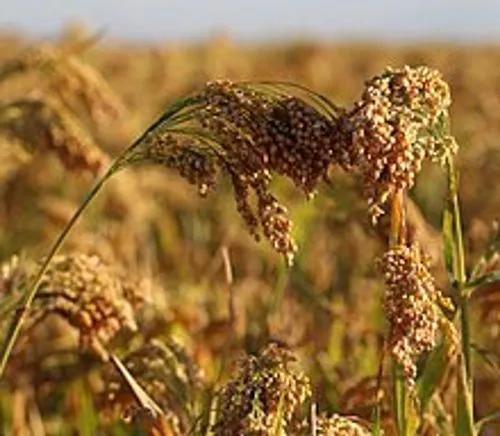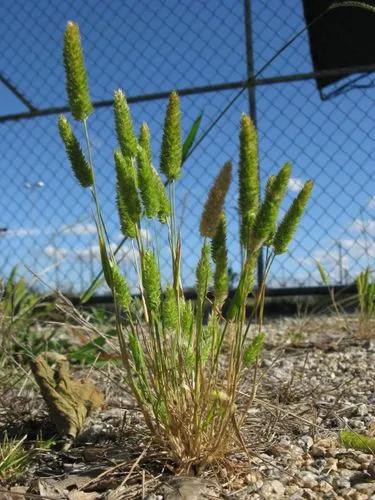How can you not fall in love with these tiny bean-shaped leaves? Their delicate uniqueness surely catches plant lovers' eyes. By the way, the care is so easy!
Baby's Tears Care
Soleirolia soleirolii



The Mediterranean region is native to the Baby's Tears plant, particularly Western islands, including Sardinia and Corsica. It is not very tall and it grows horizontally. In its natural habitat, it is sometimes perceived as an average weed.
Gardeners usually use it as a mat appearance in various compositions. The most common color is bright green; however, there are others, such as white, gold, yellow, and variegated. By the way, it produces small flowers during late spring and early summer. They have no petals; the color is creamy white. The plant prefers warm and humid environments.
Baby's Tears plant is safe for cats and dogs.
How to Care for the Plant

Water

Baby's tears require good watering. Overdrying is harmful, and this thirsty drama queen indeed shows it. However, the roots shouldn't stay in the water, so make sure the drainage is good.

Pruning

Pruning isn't necessary, but if you want your plant to have a particular form or encourage new growth, you should prune regularly.

Fertilizer

Use balanced liquid fertilizer throughout spring and summer (once in two weeks).

Sunlight

Baby's tears plant prefers indirect, bright light. Also, it can survive in partial shade. Direct sun is harmful to it.

Soil

Baby Tear's plant requires soil rich in humus and compost.

Propagation

This plant is rarely propagated by seed but can quickly grow roots when the stem touches the soil. Spring and summer are the best seasons to do that.

Temperature

The perfect temperature is 60—65 ºF (15—18 ˚C), though this range can be wider,up to 50—70 ºF (10—21˚C). Also, the plant appreciates high humidity.

Container

Remember that this plant grows fast, so you should change containers frequently. Choose any type you like: from tiny baskets to terrariums.

Fun fact

It is often confused with moss, especially Irish moss.

Popularity

15,397 people already have this plant 3,703 people have added this plant to their wishlists
Discover more plants with the list below
Popular articles






